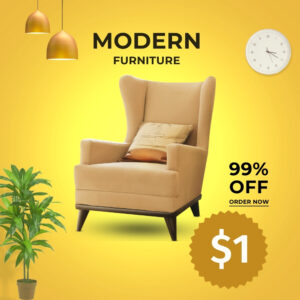Delivering furniture is a physically demanding job, often involving heavy lifting, navigating tight spaces, and assembling complex pieces. As highlighted on sanvuonthoangmat.com, showing appreciation for the hard work involved is crucial. This comprehensive guide will walk you through the intricacies of tipping furniture delivery drivers, covering etiquette, appropriate amounts, and situations where a tip might be especially warranted.
Understanding the Value of a Tip
A tip for furniture delivery is more than just a gesture of goodwill; it’s a recognition of the significant effort required. These professionals handle your valuable possessions with care, often going above and beyond the basic delivery service. They face challenges like navigating difficult staircases, maneuvering large items through narrow doorways, and assembling your furniture correctly. A well-deserved tip reflects your appreciation for their skill, professionalism, and physical exertion.
Factors Influencing Tip Amount
Determining the appropriate tip depends on several factors. Consider these elements when deciding how much to offer:
- Distance and Difficulty of Delivery: A long-distance delivery or one involving challenging access (e.g., multiple flights of stairs, narrow hallways) warrants a higher tip.
- Weight and Size of Furniture: Heavier and larger items require more physical effort, justifying a larger tip.
- Assembly Required: If assembly is included in the service and it’s done efficiently and well, a generous tip is appropriate.
- Professionalism and Courtesy: Drivers who are polite, punctual, careful with your belongings, and go the extra mile deserve a better tip than those who are less professional.
- Number of Deliverers: If multiple people are involved in the delivery, you may want to increase the tip accordingly, or provide individual tips.
- Overall Service Quality: Excellent service justifies a higher tip than average or poor service.
Suggested Tipping Amounts
While there’s no strict rule, here are some guidelines for tipping furniture delivery drivers:
- Basic Delivery (Small Items, Easy Access): $10-$20
- Standard Delivery (Medium-Sized Items, Some Effort): $20-$40
- Difficult Delivery (Large Items, Multiple Stairs, Tight Spaces): $40-$60 or more
- Delivery with Assembly: Add $10-$20 to the base amount, depending on the complexity of assembly.
- Exceptional Service: Consider exceeding the suggested amounts for outstanding service.
Remember, these are suggestions, and you should adjust the tip based on the factors mentioned above.
Alternative Ways to Show Appreciation
While a monetary tip is common and appreciated, other ways to show your gratitude include:
- Offering Refreshments: Providing water or a soft drink on a hot day is a thoughtful gesture.
- Leaving a Positive Review: A positive review online can help the company and the drivers.
- Small Gift: A small, inexpensive gift, such as a gift card to a coffee shop or a thank-you note, can add a personal touch.
Situations Requiring Higher Tips
Certain situations call for a more generous tip. Consider these scenarios:
- Damaged Items: If items are damaged during delivery and the drivers are helpful in resolving the issue, a higher tip is appropriate, even if it is a difficult situation for the delivery crew.
- Extensive Assembly: For complex furniture requiring significant assembly time and effort, a substantial tip is merited.
- Exceptional Circumstances: If the drivers go above and beyond to accommodate your needs, such as delivering on an inconvenient day or time, or handling difficult circumstances with grace and professionalism, a larger tip is in order.
- Long Waits: If you had to wait an extensive amount of time for the delivery and the crew was professional and understanding, express gratitude through a higher tip.
Situations Where a Tip Might Not Be Necessary
While tipping is generally expected, there might be rare occasions where a tip isn’t necessary. This would typically involve significant problems with the service, such as:
- Significant Damage to Your Furniture: If the delivery results in substantial damage to your furniture and the company is not taking responsibility, reconsider the tip until the issue is resolved.
- Unprofessional Behavior: If the drivers are rude, disrespectful, or damage your property intentionally, a tip is not warranted.
- Late Arrival with No Explanation: Excessive lateness without a reasonable explanation might prompt you to question the tip.
In these cases, contact the company directly to express your concerns and pursue a resolution. A tip should always reflect a positive experience.
Cash vs. Card: Which Method Is Best?
Cash remains the preferred method for tipping furniture delivery drivers. It’s immediate, avoids potential processing fees, and is a more personal way to express appreciation. However, if you don’t have cash readily available, a card is acceptable. If using a card, ensure you let the drivers know of your intention to tip, and if possible, provide the tip before the transaction with the company is complete.
The Importance of Communication
Open and respectful communication is key. If you have specific requests or concerns, communicate these clearly in advance to both the company and the drivers. For example, if you have narrow doorways or stairs, mention this upfront. This proactive communication helps ensure a smoother delivery process and fosters a positive interaction between you and the delivery team.


